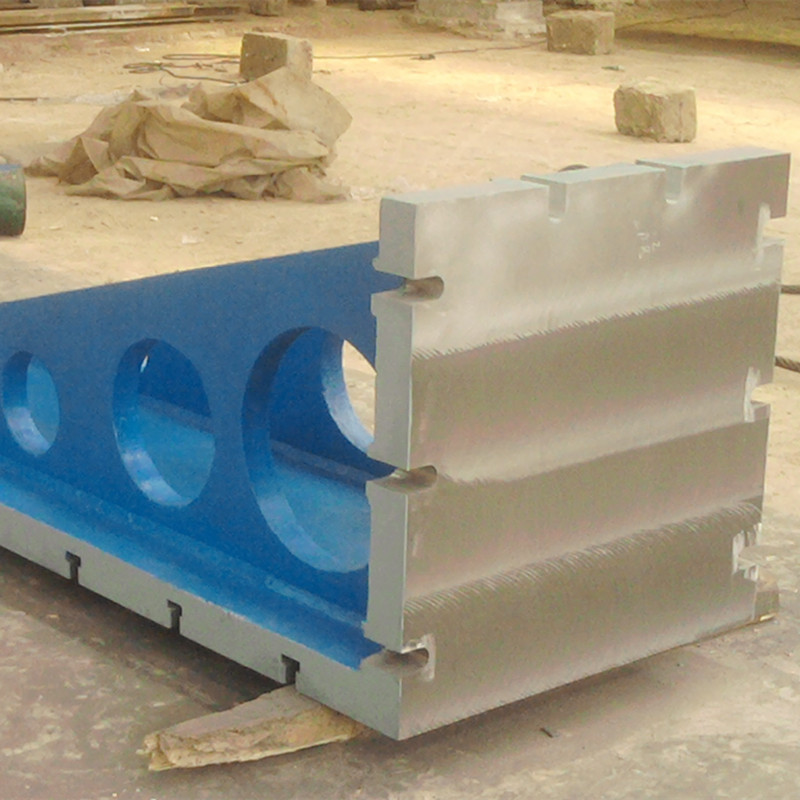sep . 22, 2024 12:20 Back to list
control valve sizing
Control Valve Sizing A Comprehensive Guide
Control valves play a crucial role in process control systems, managing the flow of fluids and ensuring optimal operation of various industrial processes. Properly sizing control valves is essential to achieve the desired performance and efficiency. This article delves into the key aspects of control valve sizing and its importance in achieving effective process control.
Understanding Control Valve Sizing
Control valve sizing involves determining the appropriate size and type of valve necessary for a specific application. The primary objective is to ensure that the valve can handle the required flow rate and pressure drop without causing excessive noise, vibration, or instability. An undersized valve may restrict flow, leading to increased pressure drops and inefficiencies, while an oversized valve can result in sluggish control and poor response times.
Key Parameters to Consider
Several key parameters influence control valve sizing, including
1. Flow Rate The flow rate is one of the most critical factors in sizing a control valve. It can be expressed in various units depending on the fluid, such as gallons per minute (GPM), liters per second (L/s), or cubic meters per hour (m³/h). Knowing the maximum and minimum flow rates helps in selecting a valve that can accommodate changes in process conditions.
2. Fluid Characteristics The type of fluid being controlled (liquid, gas, vapor, or slurry) greatly impacts sizing. Different fluids possess unique properties such as density, viscosity, temperature, and pressure, all of which affect flow behavior. For example, gases generally require different valve considerations compared to liquids due to their compressibility.
3. Pressure Drop The pressure drop across the valve is another critical factor to consider. It is essential to determine the maximum allowable pressure drop to ensure efficient operation. Larger pressure differentials can result in cavitation, erosion, and increased energy consumption.
control valve sizing

4. Cv Value The flow coefficient (Cv) is a key metric that quantifies the flow capacity of a valve. It indicates how many gallons of water at 60°F can pass through the valve in one minute at a pressure drop of one psi. Proper calculation of the Cv value is vital for estimating the valve size needed to manage the specified flow rates and pressure drops.
Sizing Methodology
The process of sizing control valves typically involves the following steps
1. Collect Data Gather all necessary information, including fluid properties, flow rates, and system pressures.
2. Calculate Cv Use the flow equation to calculate the required Cv for the application based on the desired flow rate and pressure drop.
3. Select Valve Size Refer to manufacturer-specific Cv charts to identify a valve size that meets or exceeds the calculated Cv.
4. Consider Additional Factors Assess the application for additional requirements such as noise reduction, overpressure protection, and actuator selection.
Conclusion
Control valve sizing is a fundamental aspect of process control that directly impacts overall system performance. By carefully considering flow rates, fluid characteristics, pressure drops, and Cv values, engineers can ensure they select the right control valve for their application. Properly sized control valves enhance efficiency, minimize operational costs, and contribute to the reliability of industrial processes. Always consult manufacturer specifications and guidelines to ensure the best possible valve selection.
-
Why Metric Trapezoidal Thread is Ideal for Precision Motion ControlNewsAug.05,2025
-
The Unique Properties of a Block of Granite for Industrial UseNewsAug.05,2025
-
The Role of Flanged Y Strainers in Preventing Pipeline ClogsNewsAug.05,2025
-
The Importance of Regular Calibration for Master Ring GagesNewsAug.05,2025
-
How a Cast Iron Surface Table Enhances Accuracy in ManufacturingNewsAug.05,2025
-
Comparing Different Check Valve Types for Optimal Flow ControlNewsAug.05,2025
Related PRODUCTS









